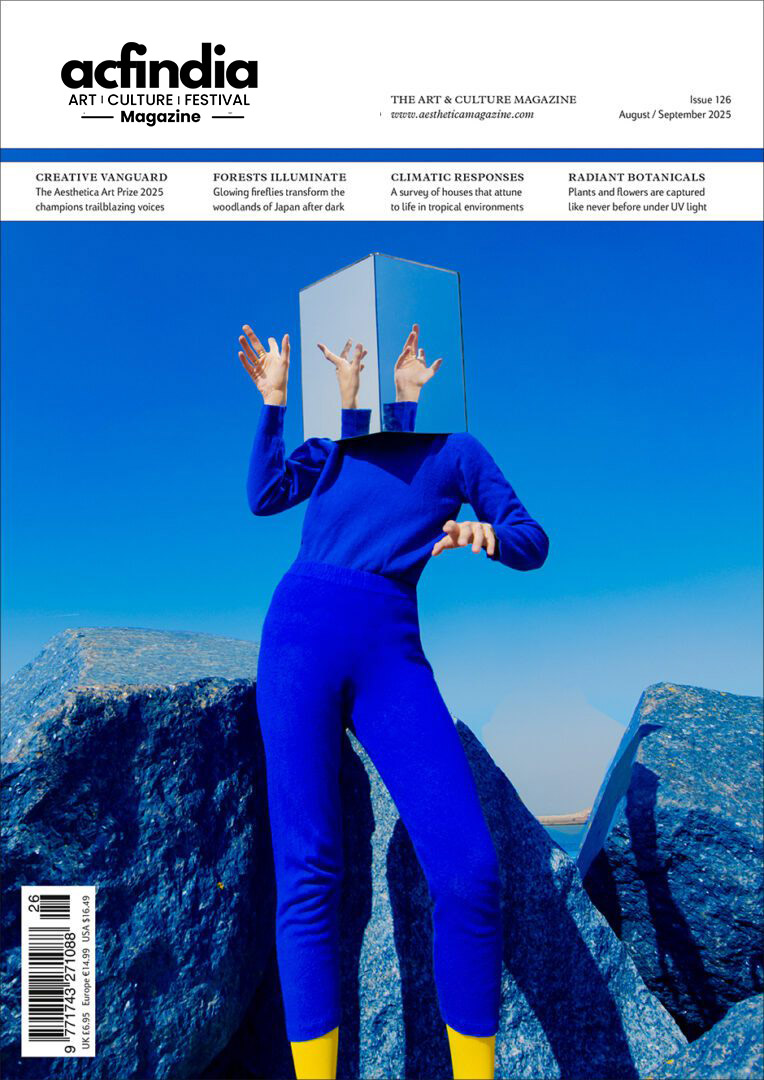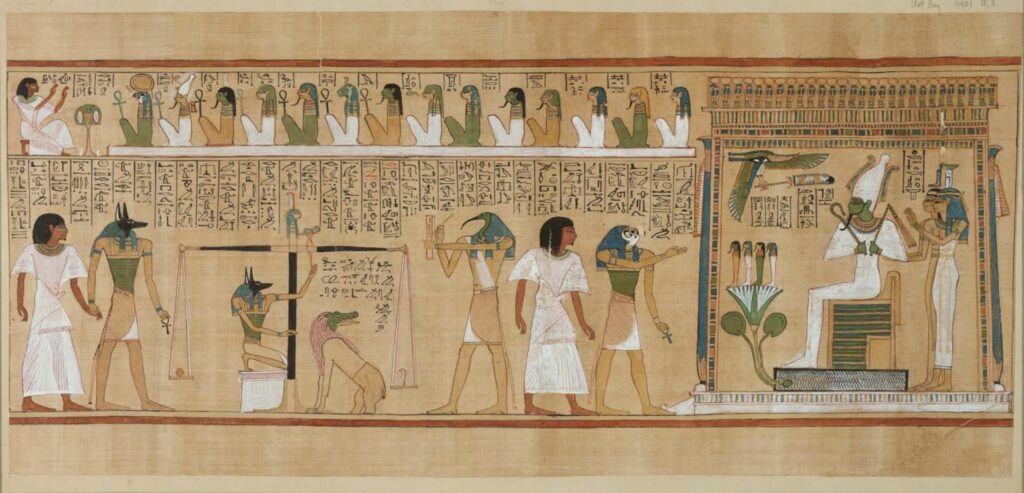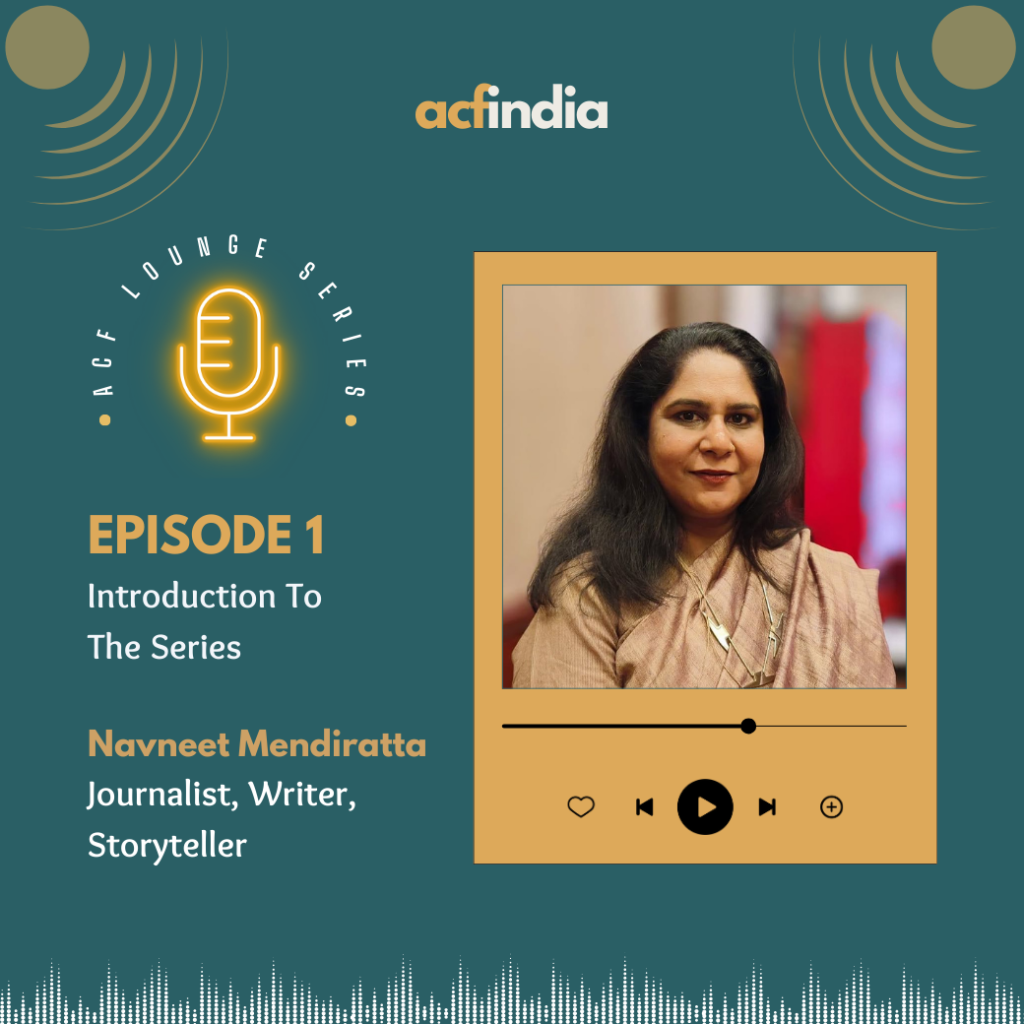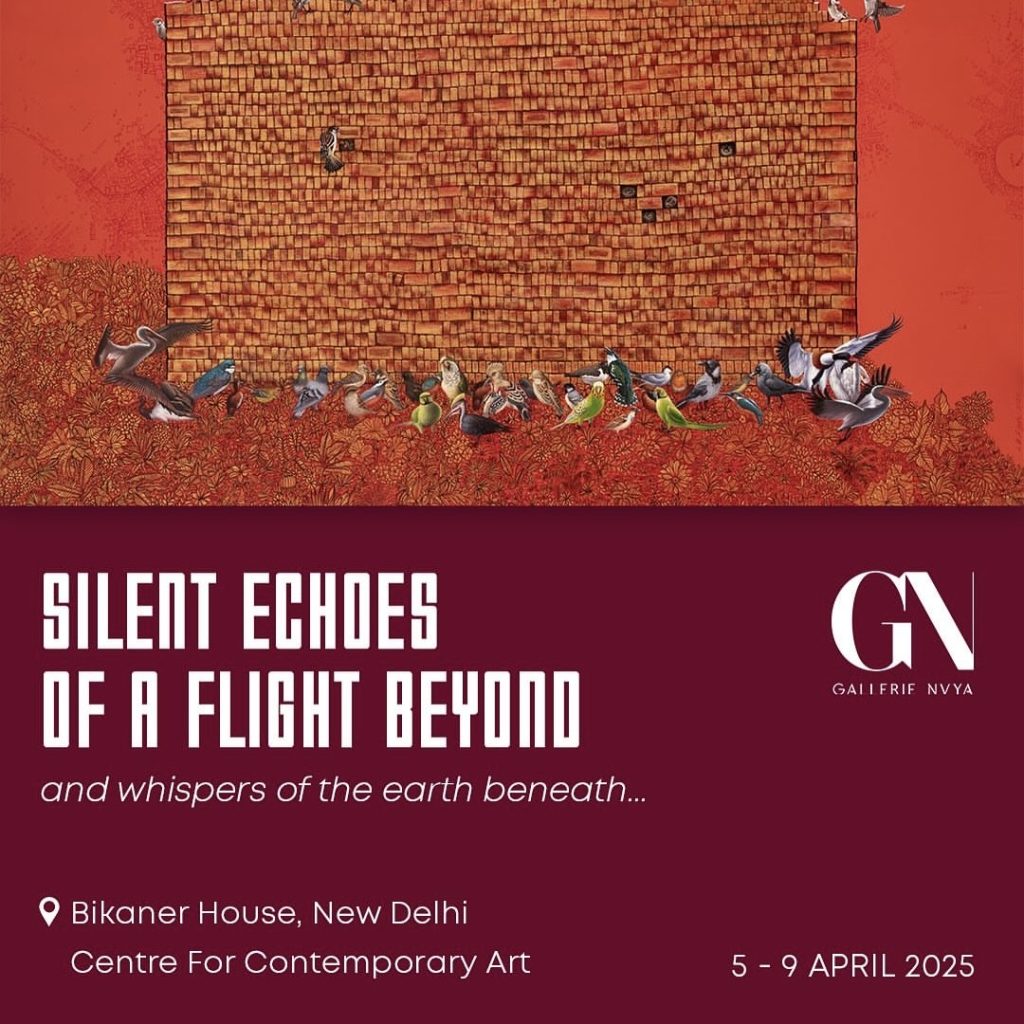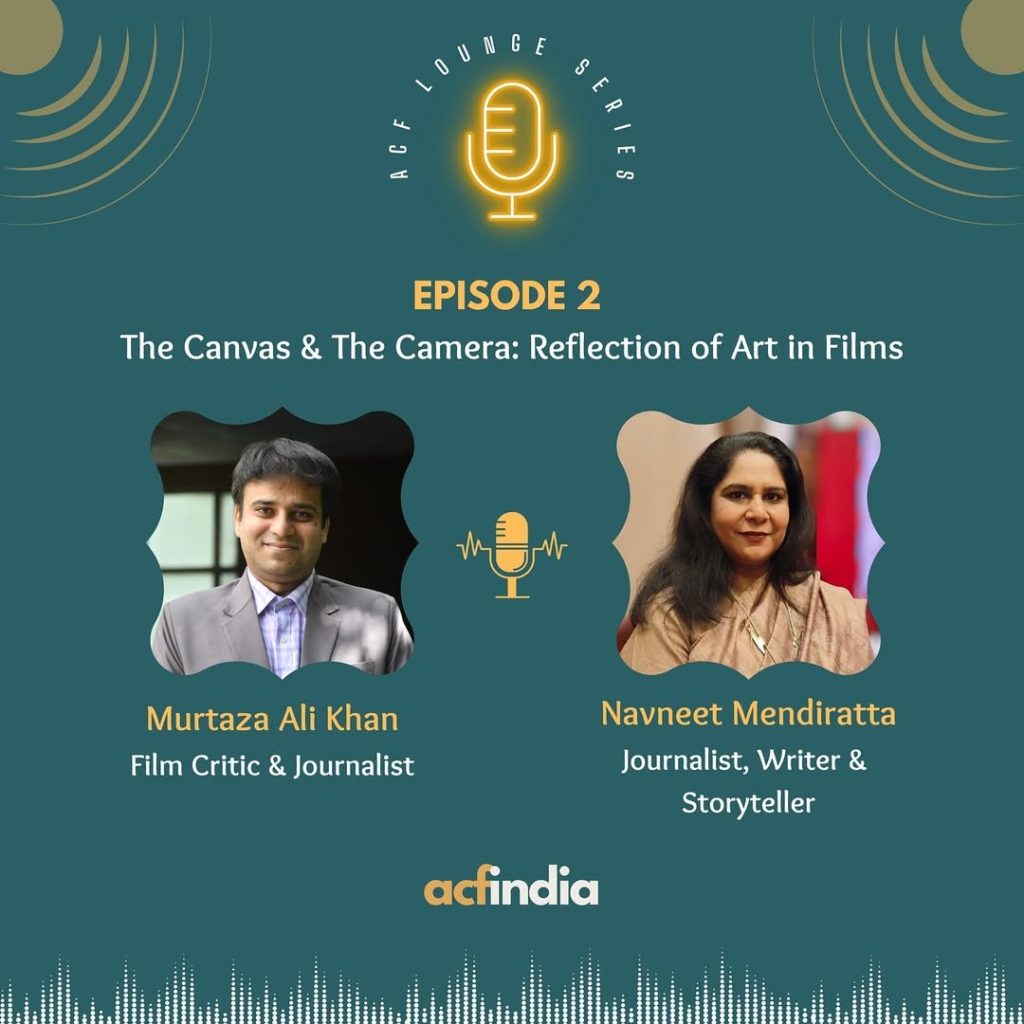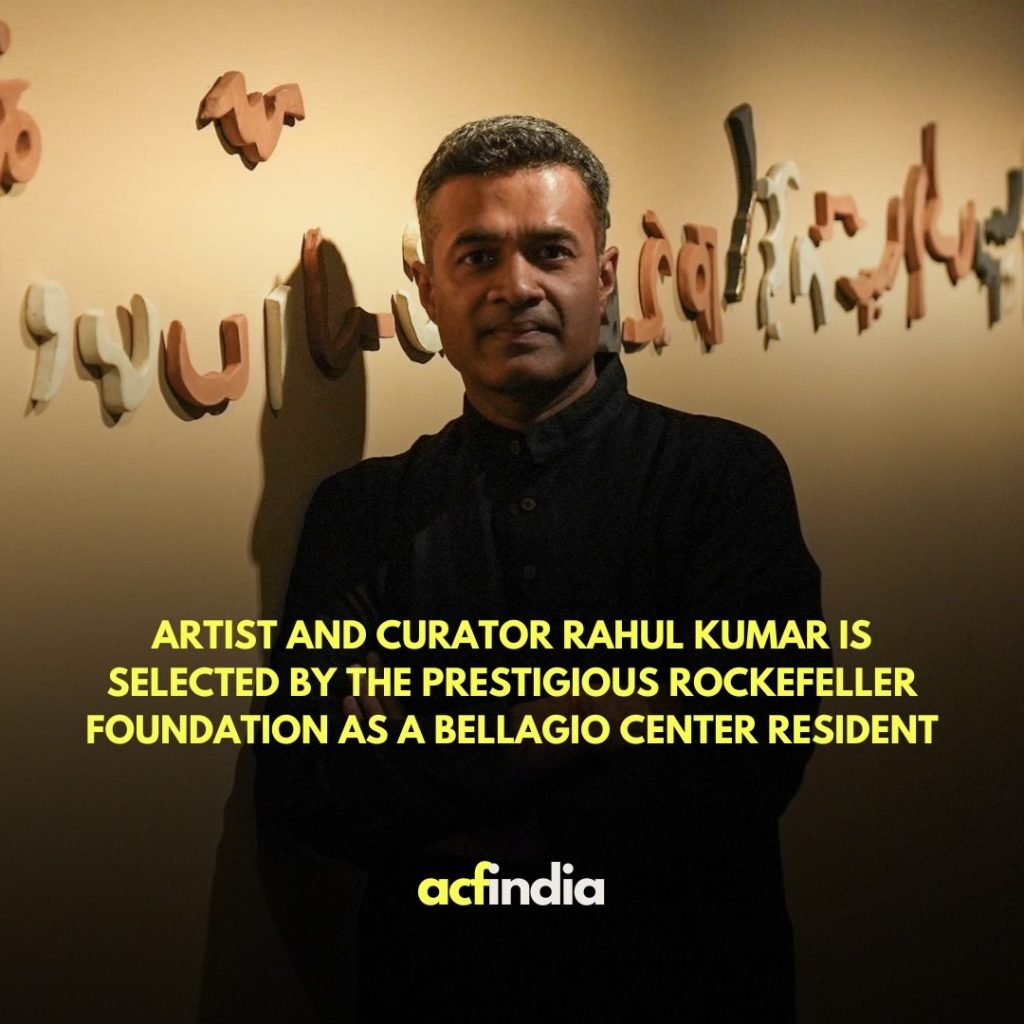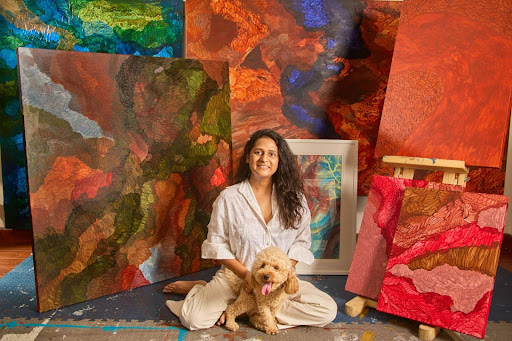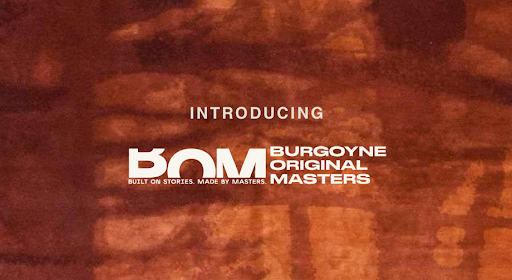Staring at human remains can induce a sense of existentialist dread. Its different than ashes or burial grounds, as these well-preserved remains make the body feel more alive, more animated. Beyond the mortification though, looking at human remains can make one feel closer to a person dead long ago, serving as a connecting tissue for us with our ancestors.
Globally, museums have preserved and stored a significant number of human bodies. Looking at these displays can bring alive the human aspect of history, a way to look at history through a micro level that is often underrepresented.
- Ötzi- South Tyrol Museum of Archaeology, Bolzano, Italy
Ötzi was a man who lived more than 5,000 years ago and is the oldest natural mummy found in Europe. Because his remains were trapped in ice, they were well-preserved. The interesting thing about Otzi is that scientists posit he was murdered.
His remains are an important resource for archaeologists and scientists to study Europe during the copper age. His remains are stored at the museum in Bolzano much like it was preserved in nature (in cold conditions) and can be viewed through a small window.

Image Courtesy: Inexhibit
- Various- British Museum, London, England
The British Museum across its large survey of human history, also houses a variety of human remains. While issues of the British Museum appropriating artefacts from other cultures still remains, these human remains nonetheless provide a fascinating glimpse into humankind’s journey. Some of the popular ones at the museum include:
- Tjentmutengebtiu – The mummified remains of an ancient Egyptian priestess.
- Lindow Man – Part of a series of bodies found disposed of in Lindow Moss, Northwest England. It was preserved in a bog and is hence called a bog body.
- Ancient Mesopotamian remains of a woman’s head adorned with jewelry. The jewelry includes a gold ribbon, silver comb, a diadem of gold leaves, and gold earrings.

Image Courtesy: British Museum
- Museum of the Mummies of Guanajuato, Mexico
This museum is dedicated entirely to the Mummies of Guanajuato. A unique combination of the climate of Guanajuato, partial embalming, and local burial practices have led to the mummification of more than a 100 bodies.
The remains are noted for the unique facial expressions the mummies have. The display includes the body of a woman who was accidentally buried alive and also the world’s smallest baby mummy.

Image Courtesy: National Geographic
- Cross-legged Skeleton – Archaeological Experiential Museum, Vadnagar, India
In 2019, a 1,000-year-old skeleton buried sitting cross-legged was found in Gujarat, India. It immediately created a sensation in the archeological world as, according to the leading archaeologist Abhijit Ambekar, such remains were only found at three other sites in India. (source) It has now found a home in the newly inaugurated Archaeological Experiential Museum in Vadnagar.

Image Courtesy: Times of India
- Turkana Boy- National Museums of Kenya
The Turkana Boy is a nearly complete skeleton of a young individual who lived 1.5-1.6 million years ago. It is a Homo erectus skeleton, providing a glimpse into the body of a precursor to the Homo sapiens. It is recognized to be the earliest complete hominin skeleton ever found and is now a famous display at the National Museums of Kenya.

Abhishek Velankar
About the Contributor: Abhishek Velankar is a history and archaeology addict. His other hobbies include astronomy, trekking, watching movies and losing at chess.

